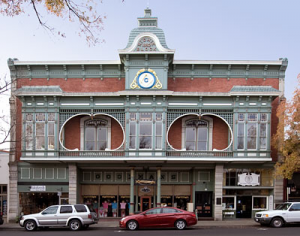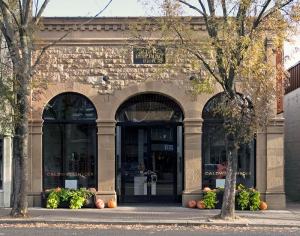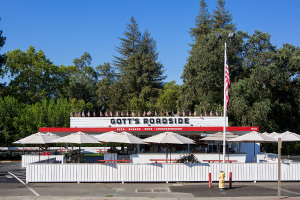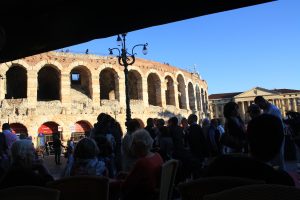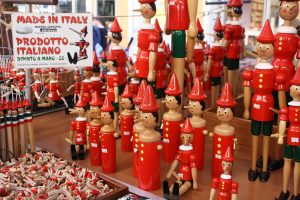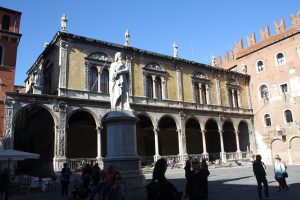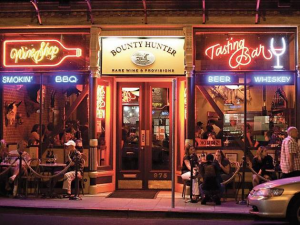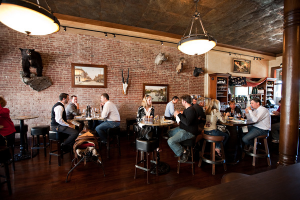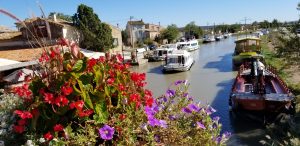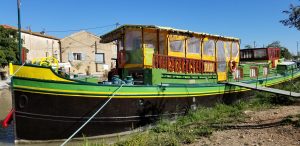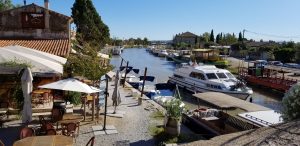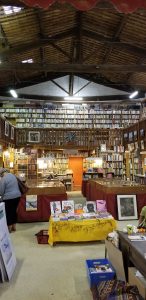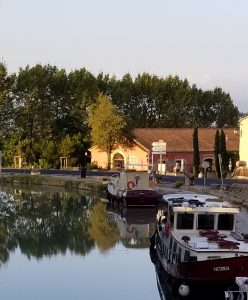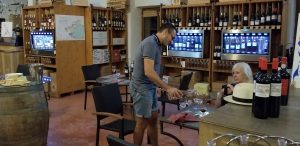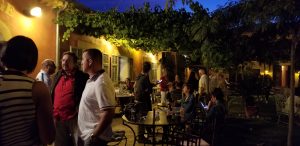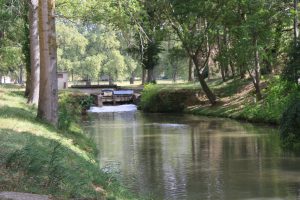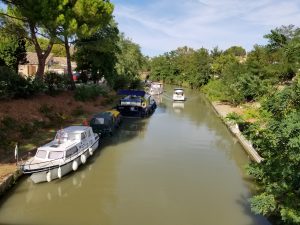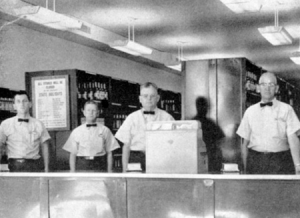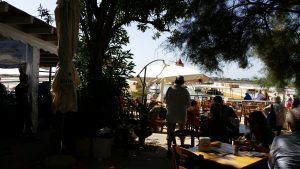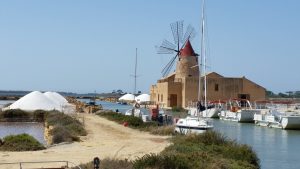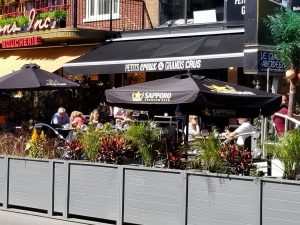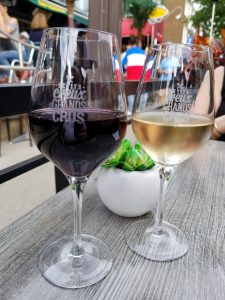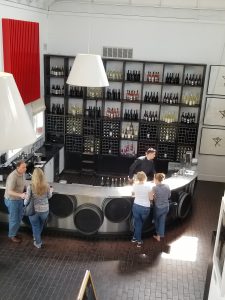When you’re out wine tasting, travelling from winery to winery and taking the vineyard views, it’s easy to forget that real people live there, buying food and hardware, getting their clothes cleaned and generally living ordinary American lives. When we go to Wine Country, we always try to see some of the local life as well as the wines. That’s true overseas in places like in the city Bordeaux and the village of Montalcino, though those are tourist destinations in themselves. In Napa Valley, it’s St. Helena.
The Richie Block. Photo courtesy of Noe Hill Travels.
St. Helena has a unique charm. We have found it a worthwhile to interrupt our wine tasting adventures to take an hour or two to look around this town. A portion of the only street of note (Main Street, also known as Route 29 and also Route 128) is a registered Historic District. There are several restaurants, a few tasting rooms (which we have never tried), and then the usual: a few grocery stores, clothing shops, a movie theater, jewelers and some offices. In other words, St. Helena is just like everywhere. Except there’s this architecture, with 34 buildings of note. Particularly notable are the Richie Block, a fine Victorian structure built in 1892 and the St. Helena Star building, from 1900.
The St. Helena Star Building. Photo courtesy of Noe Hill Travels.
Then there’s this really neat hardware store (Steve’s, no relation) where we’ve often found something or other that was just what we needed and couldn’t find at home. There was a nicer than usual champagne preserver, a salt grinder, some random cookware all at lower prices than at fancier cookware stores.
Many of the “downtown” restaurants are quite good. We have enjoyed lunch at Market, which specializes in the classics of American cuisine with a bit of a Wine Country twist. Sure, they have a burger, but the beef is from an “all-natural” butcher and the cheese is from a special farm in Modesto. In fact, that summarizes St. Helena: It’s just like everywhere, except it’s not.
There is one eatery in St. Helena that is a must for visiting wine tasters. Just south of the commercial district is Gott’s Roadside, the place for burgers and fries. Oh, they have other things too, but stick with the Americana. You sit outside, under umbrellas, and order from a window. It If you want to feel like you’ve gone back in time for a great burger, this is your place.
Photo courtesy of Gott’s
One nice thing about stopping in St. Helena is that you are very near to many of the wineries you might want to visit. Beringer is just five minutes away by car (20 on foot). Markham and St. Clement are just a bit further. The grand buildings give evidence that St. Helena has long been an important town, even before wine became a major business in itself.
